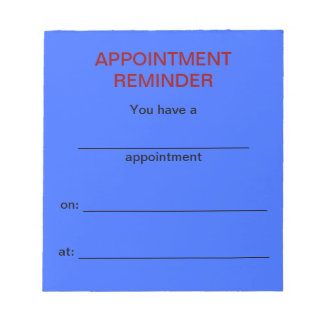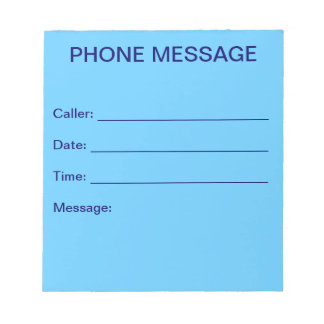Step 1: Get the whole family on board
Moving an older relative from his family home to a new -- and usually smaller -- residence is labor intensive for you and emotionally disruptive for him. Tempting though it may be, it's not a good idea to "surprise" a family member by sorting through his stuff when he's not around. If you try to make an executive decision about his belongings, chances are, you're headed for a run-in with him or others in your family.To help prevent emotional flare-ups and ensure a smooth process, schedule a meeting with the whole family, if possible, to discuss the plan of attack well ahead of the move-out date. (If you can't get together, do it by phone.) Hash out some guidelines: Under what circumstances will you call each other on "keep or discard" decisions? When will you consult the person who's moving? What key possessions would you and your other family members like to keep in the family?
Encourage the person who's moving to actively participate in decisions. For example, adult children often want to throw away old furniture and buy newer, more attractive pieces for their parent's new home. But the parent should be able to pick what comes with him, says Dollar. "Let them take their own furniture if they want to -- they know what will make them most comfortable in their new home, and sentimental value often counts for more than aesthetics."
Step 2: Work slowly when packing up -- think months, not days
Your relative's home is more than just a roof over his head: It's the place where he feels most comfortable, a museum of his memories and life stories.Complicating matters, if he lived through the lean Depression years, chances are he's spent a lifetime saving and collecting. Decades of squirreling away can add up to a house that's packed floorboard to rafter with stuff. As you begin organizing for a move, keep in mind that seemingly worthless belongings may have huge sentimental value for him, and he'll need time to sort through his things on his own terms. Try to resist the urge to execute the move as quickly as possible.
"It really needs to be a three- to four-month process. You need to give an older adult time to go through the love letters, the report cards, and the photographs from the Grand Canyon," says Jacqueline Dollar, a geriatric care manager in Des Moines, Iowa. "It's a wonderful chance to go back and reaffirm the full, productive life that he's had."
Step 3: Get real about the size of your older relative's new place
"In almost every case I've been involved with, people take more stuff than will fit in their new space," says Gayle Grace, a moving coordinator in Oakland, California. "Many times I've been called back in to help do more weeding out after the move."Avoid this situation by first getting a sense of how much square footage and storage your relative will have in his new home. What he can keep will depend on how much room you have to work with. Getting realistic about space constraints up front -- even sitting down with him to sketch out what can go where -- will help force some of the harder decisions about what to get rid of.
Step 4: Work room by room when organizing the move
Take on one room -- even one drawer -- at a time. Evaluate the items one by one and sort them into piles located in separate rooms in your relative's house: one for items to move to his new home, one for those you and other family members might be interested in keeping, one for those to keep in storage, one for those to donate, one for those to sell, and one for those to throw away.If your thrifty relative is uneasy about tossing anything, donation may be the way to go. Many organizations will arrange a pickup at his home; check your local charities (salvationarmyusa.org, redcross.org, goodwill.org) for pickup policies. Tip: Be sure to get a receipt so he can deduct the value of the donation on his next tax return.
Furniture and belongings that will go with your relative to his new home should be labeled with their specific new location (living room, kitchen, bedroom) and mapped out on a floor plan of the new home so that the movers know exactly where each item goes.
Step 5: Accept your relative's choices about what to keep
"It can be difficult for a child to understand why her father wants to take a bowling ball with him when he's not in any condition to bowl again," says Dollar. "But clearly that bowling ball means something to him, and he should be able to take it with him."Obviously, you'll have to make some hard choices about what will and won't fit into his new home. If he insists upon keeping more than will fit, you can try to find storage in another relative's home to ease your his anxiety. However, there are limits. "If your mother wants to keep her antique spoon collection, she may have to relent on other nonessential items," says gerontologist and home sale expert Cathie Ramey of Walnut Creek, California.
When push comes to shove and your relative is still unwilling to get rid of something, it can help to suggest an alternate route. Taking a photo of the item, keeping a few pieces of a large collection, or finding a good home for a beloved chessboard are some ways to do this. No one wants to see their belongings tossed into a dumpster.
The bottom line is that you'll need to be patient with your family member and allow him to adjust to the changes. If the tension between you has stalled the project, consider calling in a professional to assist you. Professional move managers specialize in assisting older adults and their families with the emotional, physical, and organizational aspects of relocation. You can find a professional in your area on the National Association of Senior Move Managers website.
Step 6: When all else fails, move first and purge later
For any aging person, moving is a loss, says Dollar. "It's a loss of familiarity and personal things -- and it's really tough emotionally." If your family member is showing his anxiety by clinging to every last Tupperware lid, you may need to get him moved first and worry about purging the nonessential household items later. "After he's been in his new home for six to eight weeks and he's settled in and removed himself from the old environment, it's much easier to get rid of things."










No comments:
Post a Comment